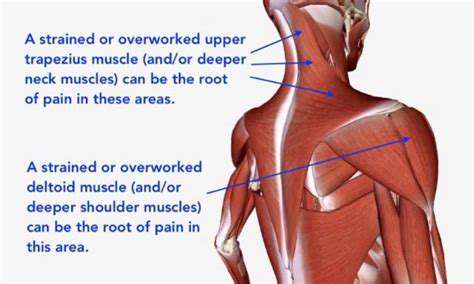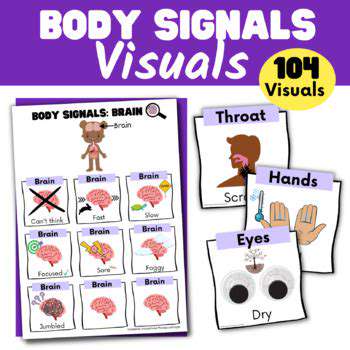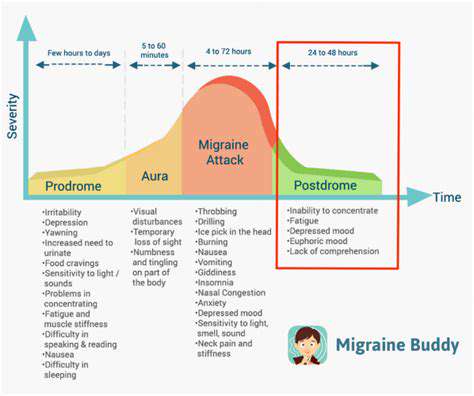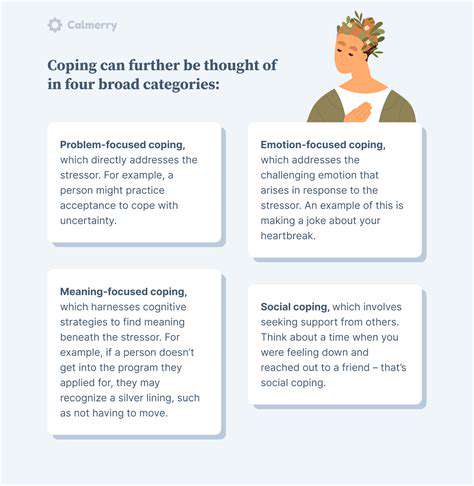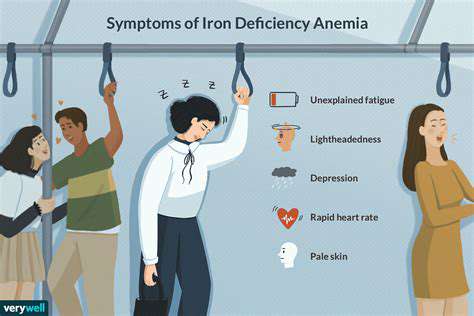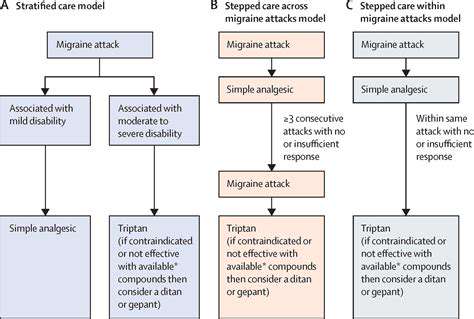Managing Migraines if You Have a High Stress Job
Lifestyle Changes to Combat Migraines

Dietary Adjustments
A crucial aspect of managing migraines involves modifying your diet. Certain foods and drinks can trigger headaches in susceptible individuals. Pay close attention to identifying potential triggers, such as aged cheeses, processed meats, chocolate, caffeine, and alcohol. Keeping a food diary can help you pinpoint patterns and make informed choices.
Consider incorporating foods rich in magnesium, such as leafy greens, nuts, and seeds. Magnesium deficiency is often linked to migraine frequency. Moreover, a balanced diet rich in fruits, vegetables, and whole grains provides essential nutrients to support overall well-being, which can indirectly contribute to migraine prevention.
Stress Management Techniques
Chronic stress is a significant migraine trigger. Effective stress management is essential for preventing migraines. Practicing relaxation techniques, such as deep breathing exercises, yoga, or meditation, can help reduce stress levels and lessen the likelihood of a migraine attack.
Finding healthy ways to cope with stress is crucial. Engage in activities you enjoy, such as spending time in nature, listening to music, or pursuing hobbies. These activities can provide a much-needed respite from daily pressures.
Regular Sleep Schedule
Maintaining a consistent sleep schedule is vital for overall health and can significantly influence migraine patterns. A regular sleep cycle helps regulate the body's natural rhythms, and disruptions can lead to increased migraine frequency. Aim for 7-9 hours of quality sleep each night to optimize your body's restorative processes.
Hydration and Hydration Strategies
Dehydration is another potential migraine trigger. Drinking plenty of water throughout the day is important for maintaining optimal bodily functions. Staying hydrated helps regulate blood pressure, which can be a factor in migraine pain. Carry a water bottle with you and sip on water frequently, especially during physical activity or in warmer climates.
Physical Activity and Exercise
Regular physical activity offers numerous health benefits, including reducing migraine frequency. Engaging in moderate-intensity exercise can help improve circulation and reduce stress levels, both of which can contribute to migraine prevention. However, it's important to listen to your body and avoid overexertion, as intense exercise can sometimes trigger migraines in some individuals.
Hydration and Hydration Strategies
Maintaining optimal hydration is a critical component of migraine prevention. Dehydration can trigger or worsen migraine attacks, so it's essential to drink plenty of fluids throughout the day. Carry a water bottle and sip on water regularly to ensure you're adequately hydrated. Also, consider incorporating hydrating foods like fruits and vegetables into your diet.
Environmental Control
Environmental factors, such as bright lights, loud noises, and strong smells, can trigger migraines in some individuals. Creating a calm and controlled environment can be helpful in preventing migraines. Adjusting lighting, sound levels, and air quality can minimize migraine triggers, reducing the likelihood of an attack. Consider using blackout curtains, noise-canceling headphones, or air purifiers to optimize your environment.

